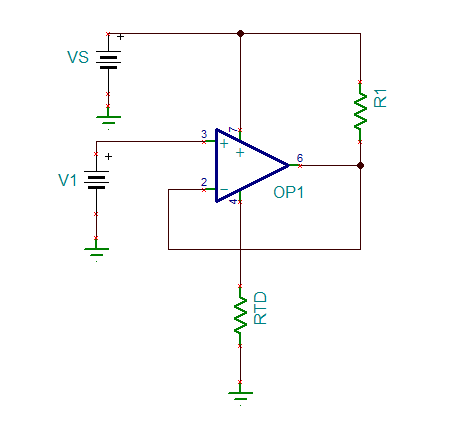I need a current generator of 1-2mA to supply an NTC. The power supply has to be 10 or 15 V. I wanted to use an XTR110, but it seems to me a little too big. Is not anything better for such a purpose ?
-
Ask a related question
What is a related question?A related question is a question created from another question. When the related question is created, it will be automatically linked to the original question.






